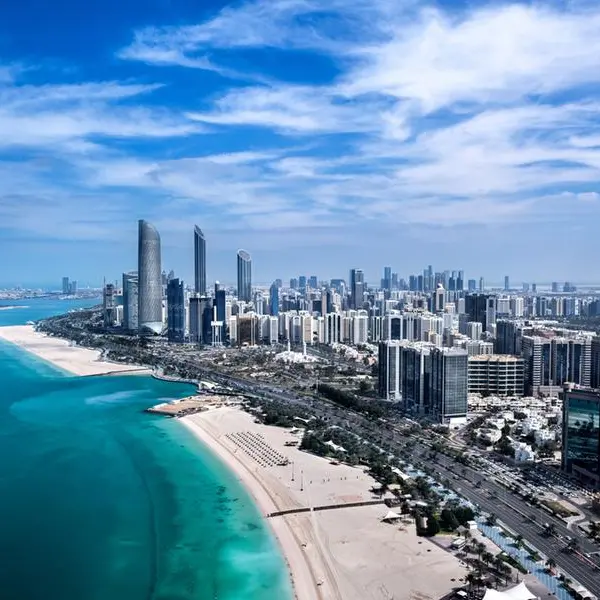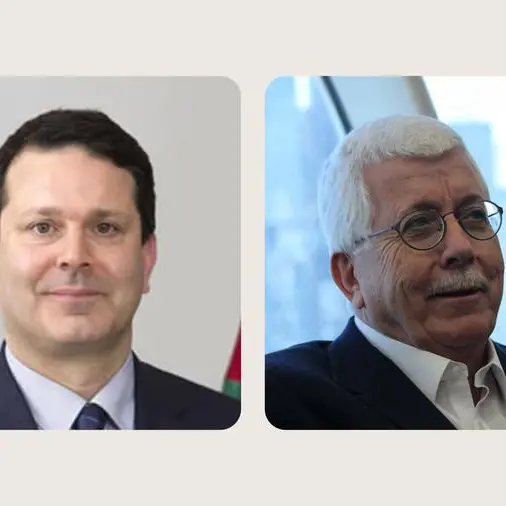Dubai, UAE – The abundance of mega solar energy projects being planned or delivered across the Middle East and North Africa is having a positive impact in reducing the cost of solar power development across the globe.
According to Dr. Martin Keller, the Director of the National Renewable Energy Laboratory (NREL), the USA’s only federal laboratory dedicated to research, development, commercialisation and deployment of renewable energy and energy efficiency technologies, the “cost-efficient” progress being made across mega regional solar energy projects is driving down investment costs in other markets.
“What is happening across the MENA region is fantastic in terms of the planning of big infrastructure energy systems. Solar is a great opportunity for this region and the global industry because these mega projects keep breaking the cost record every time they complete,” said Dr. Keller, who was speaking at this week’s inaugural Global Smart Energy Summit, which is taking place alongside Middle East Electricity (MEE) 2018 at Dubai World Trade Centre. “What is happening in the MENA region is great for the whole renewable energy industry.”
“Transitioning to renewables is a process and we’re seeing it all over the region – it’s a very smart move. If you produce a lot of natural gas or oil, it’s better to export it and make more money than burning it in your own state. Regional states are investing in renewables and still exporting their natural gas and oil, so solar and other renewables are a great opportunity.”
With the UAE driving its solar objectives via multi-billion dirham projects such as Mohammad Bin Rashid Al Maktoum Solar Park in Dubai and the Sweihan Solar Photovoltaic Plant in Abu Dhabi, Keller cautioned against investing solely in single, mega grids.
“Energy generation is shifting from very large facilities producing GigaWatts to smaller facilities producing hundreds of MegaWatts because they give extra resilience and security,” said Keller. “Breaking these larger facilities into smaller plants that can feed specific towns also allows you to connect all the micro and medium-sized grids together at a later date – it’s a different architecture in grid design but it’s definitely a trend I think we will see more of in this region.”
Keller’s positive views on the region’s solar potential were echoed in the Solar Outlook Report 2018 released by the Middle East Solar Industry Association (MESIA) on the opening day of the 43rd edition of MEE.
In addition to highlighting the vast swathe of solar mega projects being developed across North Africa, from Morocco to Egypt, and from Oman to Kuwait in the GCC, the report expects the rooftop market in the UAE alone to top 60−70 MW in 2018 - triple-digit annual growth on the 20 MW connected rooftop market in December 2017.
A host of exhibitors at MEE are targeting expansion across the UAE and Middle East via the region’s leading trade event for the power industry.
“I don’t think one per cent of the UAE’s rooftop solar market has been tapped,” said Alok Srivastava, General Manager of Project Development, Utico, the UAE’s largest private utility provider. To encourage more rooftop solar uptake, Utico has launched Solar Free – a rooftop solar scheme for private homeowners.
“Solar Free is our initiative to support the Shams Dubai scheme of net metering. We conduct technical surveys on homeowners’ properties to evaluate electricity usage, bills and understand consumption. Based on that we do a sizing exercise of the required home solar plant. If the homeowner gives us their roof for 20 years, we set up the plant and offer free maintenance and lifetime warranty.”
In praising the UAE government’s solar initiatives, Srivastava maintained the final choice rests with the end customer: “If a 10KW solar unit is going to cost USD20,000, consumers might opt for a second car, new furniture, or a mega TV. The government and providers can only do so much. Homeowners must decide they want to contribute to creating a better environment. I believe it is changing though; students at primary school are being taught about sustainability – the rooftop solar transition is bound to come.”
Meanwhile, China’s Sol-Bright, a global leader in integrated solutions of intelligent operation systems in the photovoltaic industry, is focusing on driving regional sales of its patented module cleaning robots to public and private sector customers at MEE.
“We currently produce 20,000 made-to-order module cleaning robots per year and our goal is for 20% of our sales to come from Middle East customers in 2019,” said Vincent Liu, Overseas Sales Director, Sol-Bright.
With a sales network covering five continents, Liu revealed the Middle East is Sol-Bright’s next major growth market: “We already have operational units in Dubai and Abu Dhabi but we are tendering for mega projects in Saudi Arabia and Egypt. There is huge potential for sales to both government entities and engineering project contractors.”
Middle East Electricity 2018 is held under the patronage of HH Sheikh Maktoum Bin Mohammed Bin Rashid Al Maktoum, Dubai Deputy Ruler, and is hosted by the UAE Ministry of Energy.
For more information, please visit - www.middleeastelectricity.com/globalsmartenergysummit/en/home.html
-Ends-
About Middle East Electricity:
Spanning more than five decades, Middle East Electricity (MEE), organised by Informa Exhibitions, is the region’s leading trade event for the power industry featuring dedicated product sectors for Power Generation, Transmission & Distribution, Lighting, Solar, and new for 2018, Energy Storage & Management Solutions.
Middle East Electricity 2018, the 43rd edition of the trade-only event, is held under the patronage of HH Sheikh Maktoum Bin Mohammed Bin Rashid Al Maktoum, Deputy Ruler of Dubai, and is hosted by the UAE Ministry of Energy.
© Press Release 2018









